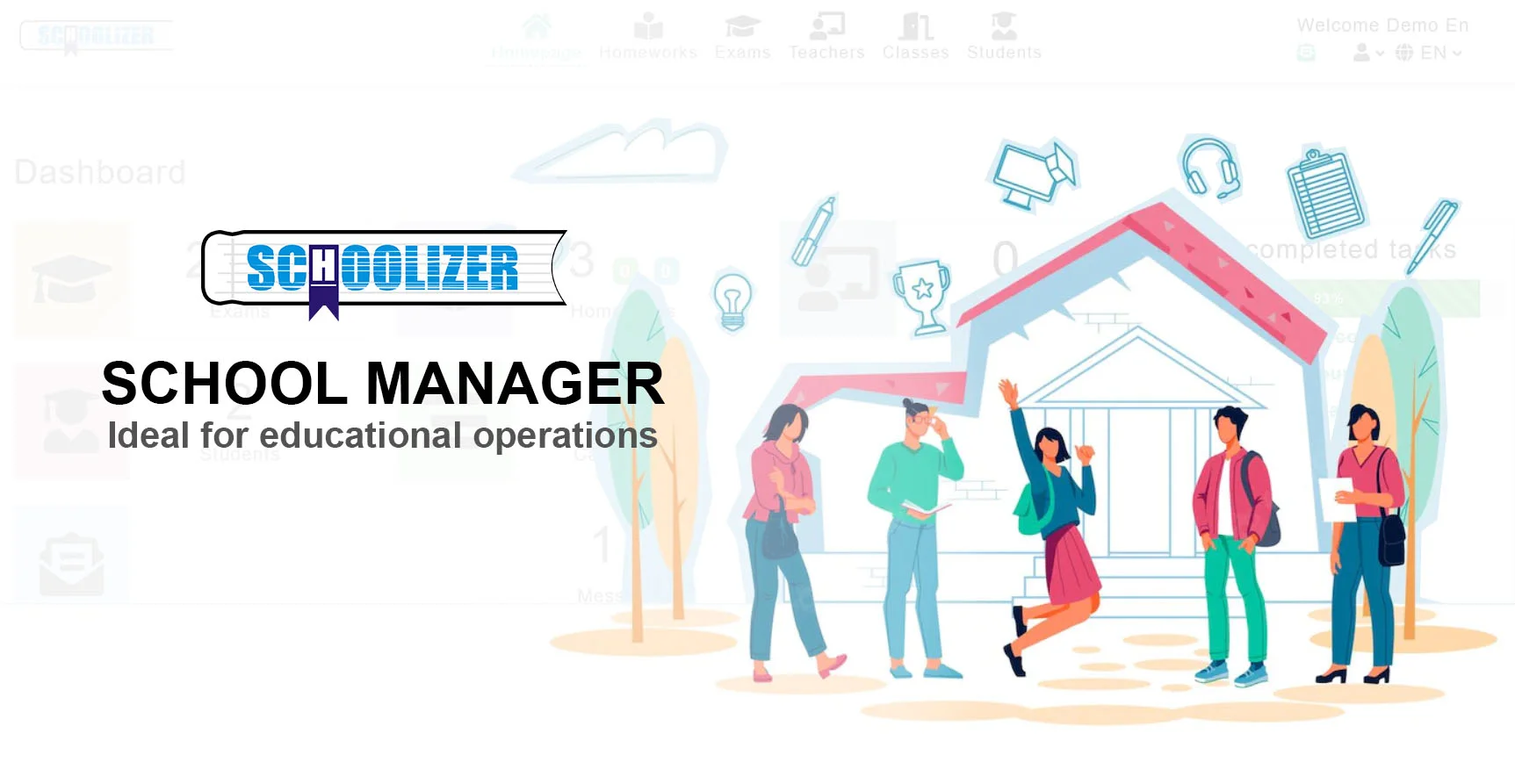What is Active Learning? The Best Guide for Active Learning in 2024

In the ever-evolving landscape of education, traditional teaching methods are continuously being scrutinized for their effectiveness. As a result, educators are turning to innovative approaches to engage and empower learners.
One such approach that has gained significant traction in recent years is active learning. Active learning shifts the focus from passive reception of information to active engagement and participation, fostering deeper understanding and retention.
But what exactly is active learning, and how can it be effectively implemented in 2024? In this guide, we delve into the essence of active learning, exploring its principles, benefits, and practical strategies for application in today's educational settings.
What is Active Learning?
Active learning is an instructional approach that involves students engaging with course content through activities that promote analysis, synthesis, and evaluation of information rather than simply passively receiving it.
In active learning, students take an active role in their learning process by participating in discussions, problem-solving activities, collaborative projects, and hands-on experiences.
The essence of active learning lies in its departure from traditional lecture-based teaching methods, which often prioritize information dissemination over student engagement and interaction. Instead, active learning encourages students to think critically, ask questions, explore concepts, and apply their knowledge in real-world contexts.
Read more: The Best International Accredited Certificates for Math Teachers
What are the Techniques of Active Learning?
Active learning encompasses a variety of techniques and strategies aimed at engaging students in the learning process. Here are some popular techniques commonly used in active learning:
- Think-Pair-Share: Students are given a prompt or question to consider individually, then discuss their thoughts with a partner before sharing with the whole class. This encourages active participation and peer interaction.
- Group Discussions: Small groups of students discuss a topic, problem, or case study, sharing their perspectives, insights, and solutions. Group discussions promote collaboration, critical thinking, and communication skills.
- Problem-Based Learning (PBL): Students work in groups to solve real-world problems or scenarios, applying their knowledge and skills to find solutions. PBL fosters critical thinking, problem-solving, and application of theoretical concepts in practical contexts.
- Case Studies: Students analyze real or fictional cases, examining issues, making decisions, and evaluating outcomes. Case studies encourage critical thinking, decision-making, and application of theoretical knowledge to real-life situations.
- Role-Playing: Students assume different roles or perspectives in a scenario, simulation, or debate, allowing them to explore complex issues from multiple viewpoints. Role-playing enhances empathy, perspective-taking, and communication skills.
- Interactive Multimedia Resources: Utilizing technology such as educational videos, simulations, virtual labs, or online quizzes to actively engage students and reinforce learning objectives.
- Peer Teaching: Students teach concepts or skills to their peers, either in small groups or through presentations. Peer teaching promotes deeper understanding, communication skills, and reinforces learning through teaching.
- Jigsaw Technique: Students become experts on specific topics or aspects of a larger concept, then teach their findings to their peers who are experts in different areas. This fosters collaboration, teamwork, and a comprehensive understanding of the topic.

Learn more: How to Add Teachers Using Schoolizer?
What are the Key Principles of Active Learning?
The key principles of active learning underpin its effectiveness in promoting deeper understanding, critical thinking, and engagement among students. These principles guide the design and implementation of active learning strategies. Here are the key principles of active learning:
- Active learning places students at the center of the learning process, shifting the focus from teacher-led instruction to student engagement and participation.
- Active learning encourages students to actively engage with course content through various activities, such as discussions, problem-solving tasks, and hands-on experiences.
- Active learning promotes the development of critical thinking skills by challenging students to analyze, evaluate, and synthesize information, rather than passively receiving it.
- Active learning often involves collaborative activities that require students to work together, share ideas, and communicate effectively. Collaborative learning enhances students' communication skills, teamwork abilities, and appreciation for diverse perspectives.
- Active learning emphasizes the application of knowledge and skills to real-world contexts. By engaging in activities that simulate real-life situations or address authentic problems, students can see the relevance of their learning and understand how it can be applied beyond the classroom.
By adhering to these key principles, educators can create learning environments that foster active engagement, critical thinking, and meaningful learning experiences for students.
Read more: The Top 5 International Accredited Certificates for Science Teachers
What are the Benefits of Active Learning?
Active learning offers a multitude of benefits for both students and educators. Here are some of the key advantages:
- Active learning actively involves students in the learning process, keeping them engaged and attentive. Compared to passive learning methods like lectures, active learning promotes higher levels of participation and interest in the subject matter.
- By engaging with course material through activities such as discussions, problem-solving, and hands-on experiences, students develop a deeper understanding of the concepts.
- Active learning techniques stimulate various cognitive processes, such as encoding, retrieval, and consolidation, which are essential for memory formation.
- By engaging in activities that require higher-order thinking skills, students develop the ability to evaluate evidence, make reasoned judgments, and apply their knowledge to new situations.
- Many active learning activities involve collaboration and communication among students. Working together on tasks such as group discussions, projects, or problem-solving activities helps students develop teamwork skills, improve communication abilities, and appreciate diverse perspectives.

Read more: How to Add Students to a Class Using Schoolizer?
In Conclusion
As we conclude our exploration of active learning in 2024, it's evident that this pedagogical approach holds immense promise for revolutionizing education. By prioritizing student engagement, collaboration, and critical thinking, active learning empowers learners to become active participants in their own educational journey.
As educators continue to adapt to the ever-changing landscape of teaching and learning, integrating active learning principles and strategies into their practices can pave the way for more dynamic, effective, and enriching educational experiences.
So let's embrace the transformative power of active learning with Schoolizer and embark on a journey of discovery, growth, and empowerment in education.






